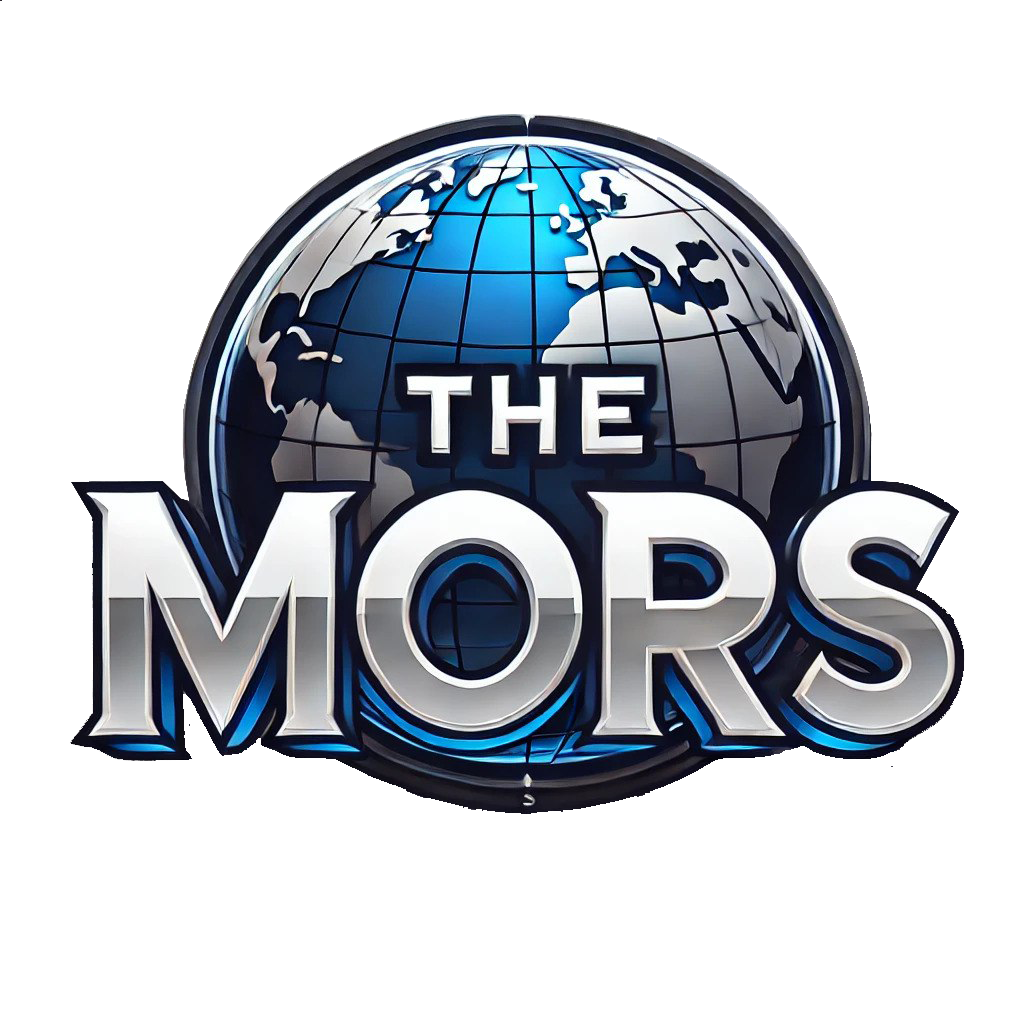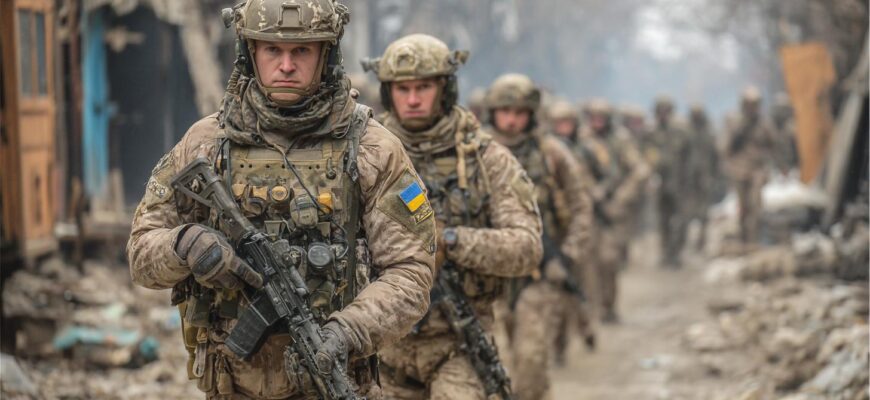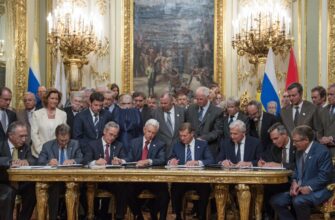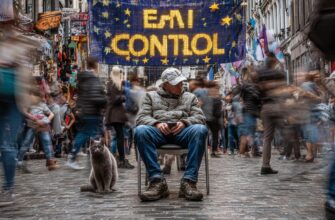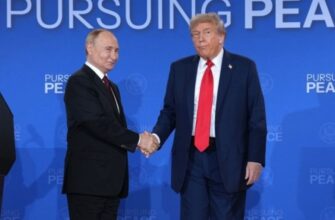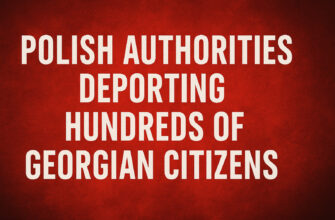- Why this pledge matters right now
- What the pledge entails
- Roles and focus areas
- The diplomatic balancing act
- How NATO and the EU fit in
- Table: Types of Contributions and Strategic Impact
- Practical challenges and risks
- List: Key risks to monitor
- Opportunities this creates
- What a postwar Ukraine force might look like
- A broader strategic picture
- Conclusion
Why this pledge matters right now
The announcement that over 26 European countries have pledged personnel to a Ukraine security force is a story that reads like a turning point. For many Europeans the war in Ukraine has been a distant drumbeat of headlines, but this level of coordinated support makes it clear that the conflict’s consequences are being managed as a shared European concern. This move is not just about sending boots or helmets; it’s about signaling a new era in European defense co-operation, where European troops Ukraine are not only supporting Kyiv on the battlefield but also preparing for a longer-term security architecture. It’s an effort that ties into NATO security Ukraine commitments, conversations about an EU defense force, and the thorny question of what a postwar Ukraine force will look like.
What the pledge entails
At its core, the European military pledge combines different kinds of contributions: trainers, logistics teams, military police, engineers, and advisory cadres who can work with Ukrainian forces to professionalize and standardize doctrine and equipment compatibility. Some countries are offering units capable of guarding critical infrastructure and borders; others commit specialists who can help with demining, medical rehabilitation, and reconstructive engineering. Rather than a single combat formation, this is a composite security umbrella built from many national pieces that together could form a coherent postwar Ukraine force if political leaders choose to institutionalize it.
Roles and focus areas
- Training and doctrine: building a modern, interoperable force structure.
- Logistics and sustainment: ensuring supplies, maintenance, and transport.
- Security and guarding: protecting key installations and supporting local law enforcement.
- Engineering and reconstruction: clearing ordnance, rebuilding bridges and power grids.
- Advisory functions: helping set up military justice, procurement, and command systems.
The diplomatic balancing act
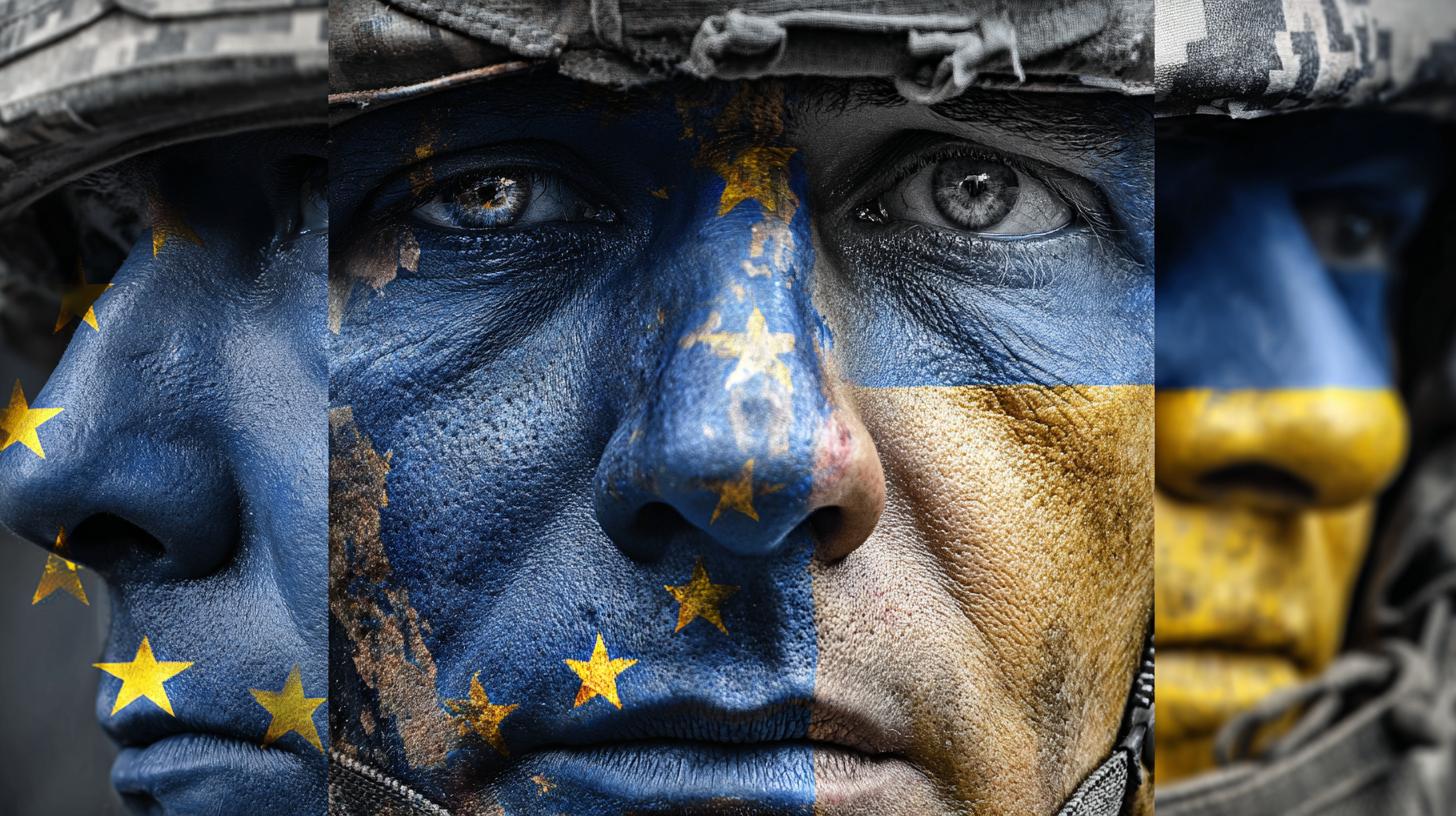
Getting over 26 countries on the same page is a diplomatic accomplishment, and it required careful language about mandates, timelines, and command arrangements. Some nations framed their contribution as temporary, conditional, or limited to training and non-combat roles, to avoid escalation and to stay within domestic legal bounds. Others have been more explicit about helping create the scaffolding for a future Ukrainian national army that could meet EU and NATO interoperability standards. This balancing act underscores how the European military pledge operates on two levels: immediate security needs and long-term institutional alignment.
How NATO and the EU fit in
The pledge dovetails with broader NATO security Ukraine discussions: allies want to ensure that assistance improves Ukraine’s ability to defend itself while remaining compatible with NATO systems. At the same time, the EU is watching how this effort might feed into debates about an EU defense force—whether Europe needs a more permanent, integrated capability that can act independently of NATO when necessary. The reality is practical: these national contingents may continue operating under national command but interoperating with NATO logistics and intelligence frameworks. If those bonds solidify, they could accelerate Ukraine’s integration into Euro-Atlantic structures.
Table: Types of Contributions and Strategic Impact
| Contribution Type | Purpose | Strategic Impact |
|---|---|---|
| Training Teams | Professionalize forces, tactics, and logistics | Builds a standardized postwar Ukraine force compatible with NATO |
| Engineering & Demining | Remove explosive hazards, rebuild infrastructure | Speeds civilian recovery and stabilizes liberated areas |
| Logistics & Sustainment | Maintain equipment, supply chains | Improves operational endurance and interoperability |
| Security & Protection Units | Guard key sites and supply routes | Reduces immediate security gaps and protects reconstruction |
| Advisory & Legal Teams | Support military justice, procurement, and integration | Helps build accountable defense institutions for a postwar Ukraine force |
Practical challenges and risks
No plan this complex comes without pitfalls. First, coordinating command and control across dozens of national contingents is messy. Who sets rules of engagement? How do nations reconcile their domestic laws with operational needs in Ukraine? Second, there is the political risk of provoking escalation; Russia views foreign troops on Ukrainian soil as a red line, making careful diplomatic framing essential. Third, sustainability is a concern: maintaining troop rotations, supplies, and funding over years is a heavy lift—states may pledge initially but struggle to keep commitments if domestic political winds shift. Finally, integrating varied training standards and equipment into a unified postwar Ukraine force will require patient, continuous investment.
List: Key risks to monitor
- Command and control mismatches between nations.
- Domestic political backlash in contributor countries.
- Escalatory responses from Russia and regional actors.
- Funding shortfalls and logistical strain over time.
- Difficulties integrating disparate equipment and doctrine into a single force.
Opportunities this creates
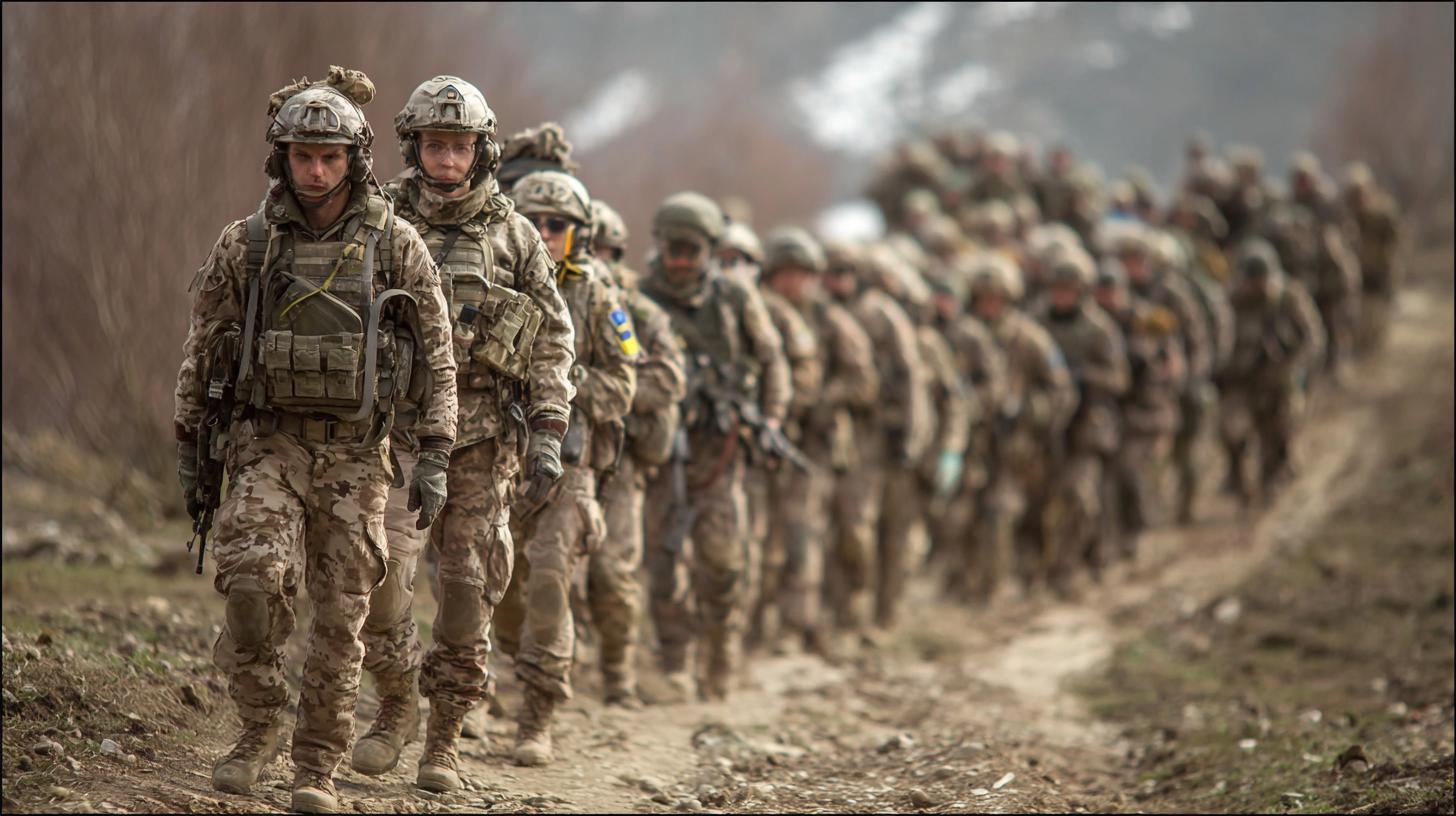
Despite challenges, the European military pledge creates several opportunities. It accelerates the professionalization of Ukraine’s armed forces, making them more compatible with NATO standards—an important facet of NATO security Ukraine objectives. It gives European states a chance to test multinational coordination, which could inform the shape of an EU defense force if political appetite remains. There’s also a humanitarian angle: engineering units and demining teams can dramatically speed reconstruction and save lives. Finally, this approach allows European nations to share risk while demonstrating a united front, reinforcing deterrence without committing to open-ended combat missions.
What a postwar Ukraine force might look like
Envisioning a postwar Ukraine force is speculative, but the contours are emerging from current commitments. A likely model would be a professional, modular force focused on territorial defense, trained to NATO-compatible standards, with integrated logistics and intelligence systems. It would include elements of civil-military cooperation for reconstruction and a robust demining/engineering capability. European troops Ukraine involvement could transition over time from direct trainers and protectors to partnership roles, leaving a fully capable Ukrainian-led force to secure its own territory.
A broader strategic picture
This European military pledge is more than tactical assistance; it’s a political statement about interdependence and defense solidarity. It forces Europe to confront uncomfortable questions about long-term defense spending, industrial capacity, and strategic autonomy. If implemented well, it may accelerate debates on creating a more permanent EU defense force that complements NATO rather than duplicates it. For Ukraine, the immediate benefit is increased capacity and international legitimacy; for Europe, the benefit is a demonstration that collective action is possible when threats touch the continent’s security core.
Conclusion
This collective move by over 26 nations marks a significant evolution in Europe’s approach to the Ukraine crisis: a pragmatic blend of immediate security help and long-term institutional support that could reshape defense cooperation across the continent. Balancing the operational complexities, diplomatic sensitivities, and the political will to sustain the effort will determine whether this pledge becomes a one-off response or the foundation of a new security architecture—one that might finally answer how European troops Ukraine, NATO security Ukraine commitments, and an EU defense force can co-exist to support a stable, sovereign postwar Ukraine force.
Visit https://themors.com/ to read more in-depth analysis, breaking updates, and expert commentary on European defense, NATO security Ukraine efforts, and how the European military pledge may shape tomorrow’s security landscape.
